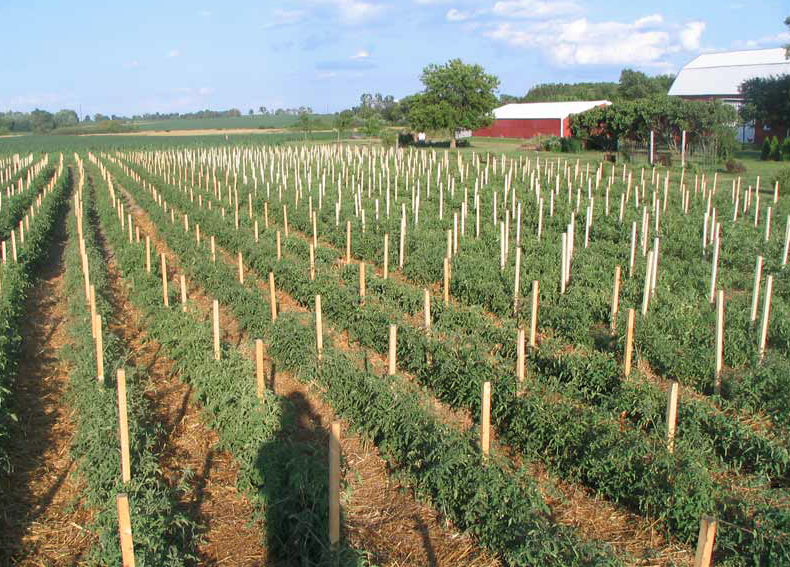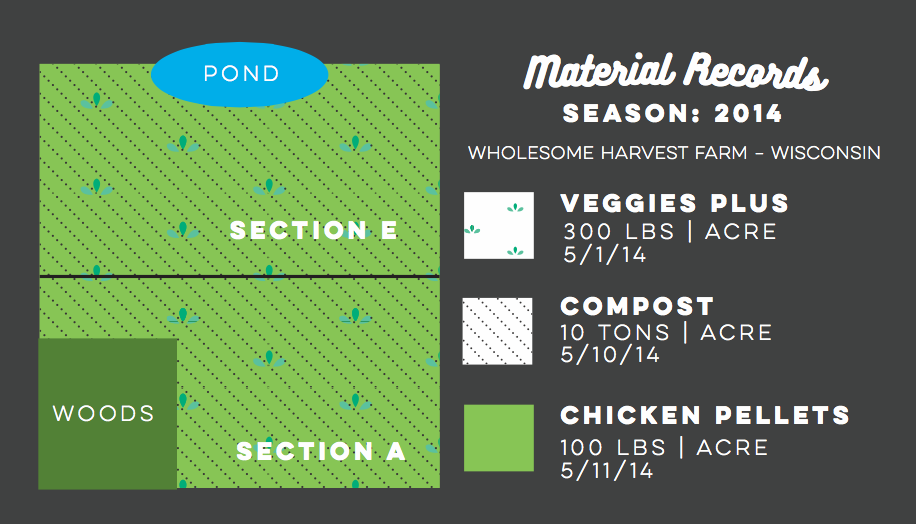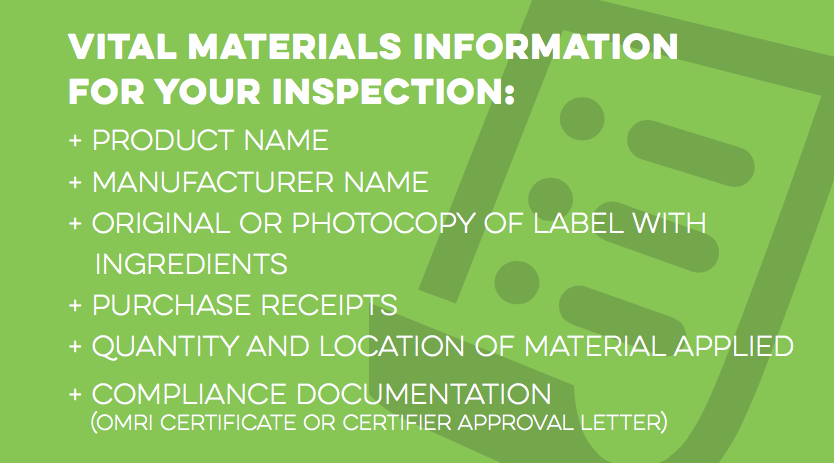Lessons Learned Series: Organic Recordkeeping for Materials
The records of a certified organic farm’s operations and activities demonstrate where promise and practice meet for an inspector and certifier. An annual mandatory inspection examines the integrity and accountability an organic operation, from pest management to soil conditions to contamination prevention and more. The ability to openly audit and trace any certified organic product or crop from beginning to end is critical to maintaining consumer confidence and creates a strong foundation to address any issue with quick action.
With support from the U.S. Department of Agriculture’s Agricultural Marketing Service, National Organic Program, Oregon Tilth developed a series of farmer-to-farmer case studies on best practices in recordkeeping. We sincerely appreciate the four farms that shared their practices with us in order to “help guide other organic farmers, even if just a little bit” as they build a strong culture of recordkeeping on their farms.
Recordkeeping case study: Documenting material records
An inside look at Wholesome Harvest Farm

On the top shelf of the bookcase in Wholesome Harvest’s office, two well-labeled binders lean against each other: “Organic Inputs” and “Organic Controls.” The two binders document the farm’s organic practices from past to present, containing a library of records for Wholesome Harvest’s staff as well as for their organic inspector. Wholesome Harvest’s office administrator, Lindsay, created the binders as part of a recordkeeping system for each material input that is purchased and applied on the farm.
Using maps to capture additional information
Each binder has identical maps of every field on Wholesome Harvest Farm. Whenever a material is applied, Lindsay makes a note of it on the corresponding field map by writing down the material name, application amount, coverage area and date. The farm team uses maps to create a visual history of material applications, enabling everyone to look up input records quickly when requested by an inspector.
Maps are instrumental in helping farm owner, Chris, make informed decisions about what to apply to his fields from one year to the next. “We color code each material that we use,” says Lindsay. “If Chris applies compost to a certain field, I’ll shade that area on the map purple. Then next year, if Chris needs to look up when he last added compost to a field, he just opens the binder and looks for purple shading rather than having to sift through a log of written notes.”

Wholesome Harvest’s best practices for documenting materials
1. Categorize your records
Create separate binders or folders for the different types of records you need to keep. “We keep our material receipts in separate folders in our filing cabinet, making them easy to pull out for an inspector,” says Lindsay.
2. Organize by date
Write dates on purchase orders, receipts, and input records so you can archive all records chronologically by year. Reviewing the sequence of material applications on your farm will help you anticipate the nutrient needs of your fields and crops, plan crop rotations and purchase materials.
3. Document your materials
Inspectors may ask for documentation on any of your materials to verify approval for use. Always document and save the product label complete with brand name, manufacturer and ingredient list for all the materials that you use on the farm.
4. Confirm with certifier
Always contact your certifier prior to purchasing and applying a non-OMRI listed material to verify that it is approved for use. The inadvertent application of a prohibited substance can take whole fields out of organic production for three years.

Additional resources
Knowing where to start the journey of finding approved materials for use can be challenging, but luckily there are several good resources out there to help:
- Organic Materials Review Institute (OMRI)
- Washington State Department of Agriculture Approved Materials List
- Big Questions, Answered: Using Approved Inputs

